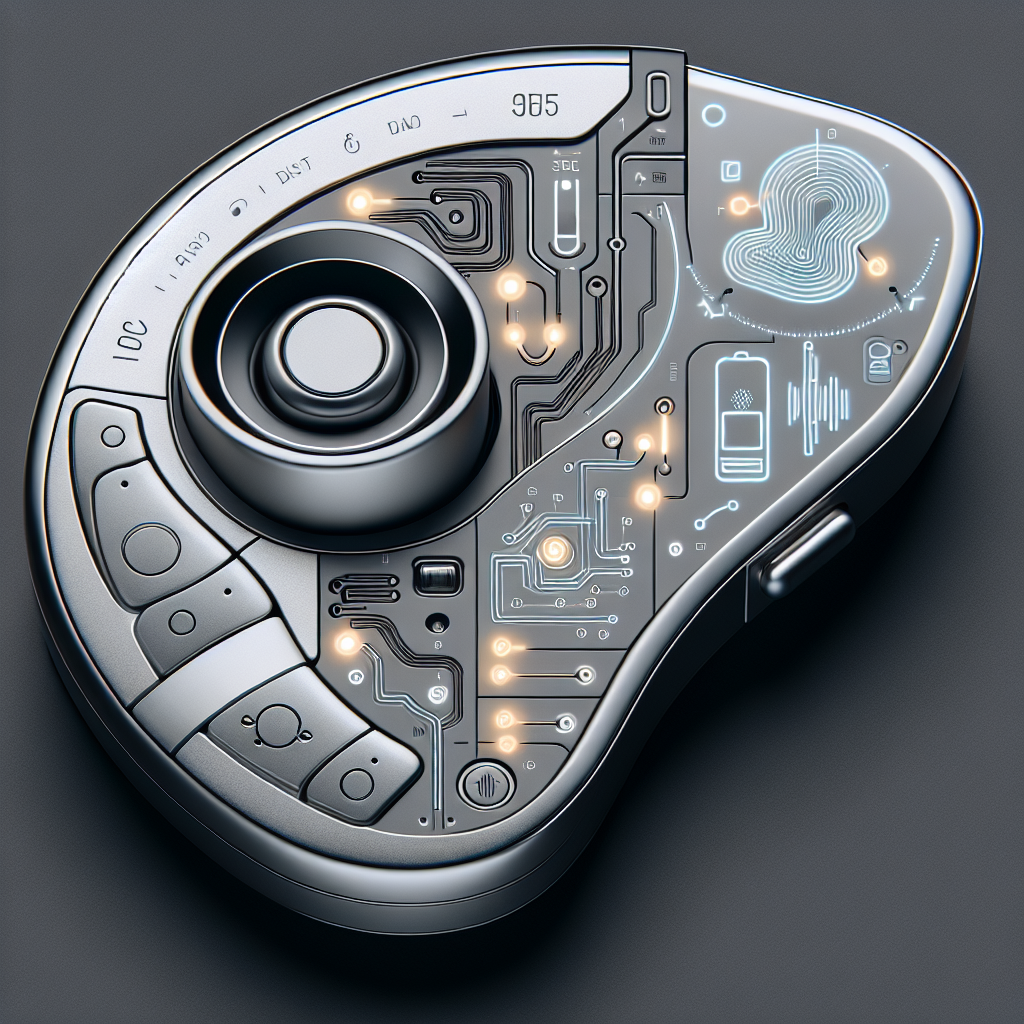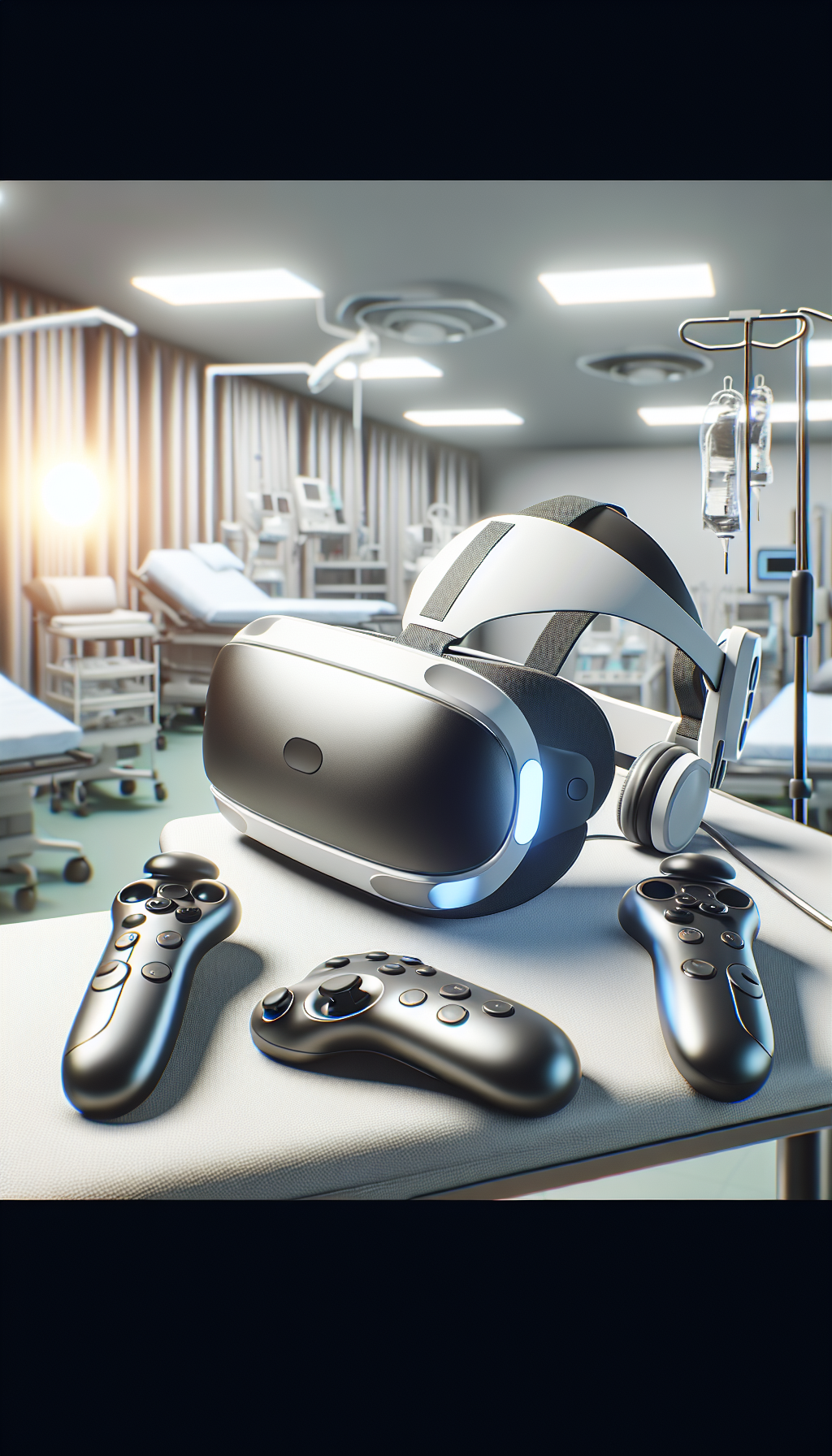In an age where technology advances steadily, sensory health—an essential component of our overall well-being—has seen significant benefits from innovative technological developments. The human sensory system is a complex network that includes our ability to see, hear, touch, taste, and smell, and it plays a crucial role in how we interact with our environment. When our sensory health is compromised, it can significantly affect our quality of life. However, the latest innovations in sensory health technology are providing new ways to diagnose, treat, and enhance sensory functions, leading to improved health outcomes and a better understanding of sensory health’s role in our lives.
The Role of Sensory Health in Overall Wellness
Sensory health is integral to our daily experiences and overall wellness. It affects how we perceive the world and respond to stimuli, influencing everything from our safety to our social interactions and emotional well-being. Sensory impairments can lead to challenges in communication, learning, and engagement with the environment. To understand the importance of sensory health, it’s essential to acknowledge its interconnection with other health aspects, such as cognitive function and mental well-being.
Diagnostic Advancements
One of the most significant areas of advancement is in the early and accurate diagnosis of sensory disorders. Cutting-edge tools and technologies are now available, enabling healthcare professionals to detect sensory deficits with greater precision. For example, portable and non-invasive imaging devices have revolutionized the way we assess visual and auditory health, allowing for timely interventions that can prevent further deterioration.
Early Detection of Sensory Disorders
Early detection of sensory health issues is crucial, particularly in children, where it can impact development and learning. Innovations such as advanced auditory testing equipment and genetic screening for hereditary sensory conditions are empowering healthcare providers to identify potential problems sooner and with higher accuracy.
Therapeutic Innovations
Therapeutic technologies, including sensory aids and implants, have experienced remarkable improvements. Cochlear implants, retinal prostheses, and tactile devices have become more sophisticated, providing enhanced experiences for users and in some cases, restoring senses to individuals who have lost them.
Sensory Aids and Wearables
Sensory aids have evolved with the integration of smart technology. Wearable devices that translate sound into vibrations or visual cues offer alternative ways for individuals with sensory impairments to interact with their surroundings. These innovations have opened up new avenues for independence and improved quality of life.
Sensory Enhancement Technologies
Beyond addressing impairments, technology is also being used to enhance the sensory experiences of individuals with normal sensory function. Virtual reality (VR) and augmented reality (AR) are examples of how sensory input can be manipulated to create immersive and educational experiences.
Virtual and Augmented Reality Applications
VR and AR applications are not only for entertainment but also serve therapeutic and educational purposes. For instance, they are used in sensory therapy to help individuals with sensory processing disorders acclimate to various stimuli in a controlled manner.
The Connection with Other Health Domains
Sensory health does not exist in isolation. It is intricately linked with various other health domains, such as cardiovascular, cognitive, and mental health. For example, research has shown a connection between cardiovascular health and cognitive function, which indirectly relates to sensory health as well.
Integrating Sensory Health in Modern Healthcare
The integration of sensory health into modern healthcare practices is a growing trend. Healthcare facilities are increasingly adopting sensory-friendly environments to accommodate individuals with sensory sensitivities, such as those on the autism spectrum. This approach not only makes healthcare more accessible but also emphasizes the importance of a holistic approach to health.
Sensory-Friendly Environments
Creating sensory-friendly environments involves designing spaces that reduce sensory overload and provide a calming atmosphere. This can significantly improve the healthcare experience for individuals with sensory processing disorders, as detailed in the article on sensory-friendly environments for autism spectrum disorder.
Challenges and Future Directions
While advancements in sensory health technology have been significant, challenges remain. Access to these technologies is not uniform across different populations and regions. Efforts to make these innovations more accessible and affordable are crucial for ensuring that everyone can benefit from them.
Research and Development
Continued research and development are vital for further advancements in sensory health technology. Multidisciplinary collaboration between engineers, healthcare professionals, and patients can lead to innovative solutions tailored to diverse needs.
Supporting Resources
To delve deeper into the specific advancements and research in sensory health technology, here are a few niche resources that provide valuable insights:
- The National Institute on Deafness and Other Communication Disorders offers a wealth of information on hearing and communication technologies.
- The Vision and Eye Research Institute conducts pioneering research on visual health and innovations in eye care.
- The Touch Research Institute explores the importance of touch in human development, communication, and disease.
Each of these resources contributes to the understanding and advancement of sensory health technologies, providing specialized information on the latest research, therapies, and innovations.
Conclusion
Innovations in sensory health technology are transforming the landscape of healthcare and improving the lives of those with sensory impairments. From advanced diagnostic tools to therapeutic wearables and immersive sensory enhancement technologies, these developments are a testament to the power of innovation and its capacity to positively impact health and well-being. As we continue to embrace and integrate these technologies into healthcare, the future of sensory health looks bright, promising better accessibility, increased independence, and enriched quality of life for individuals worldwide.



